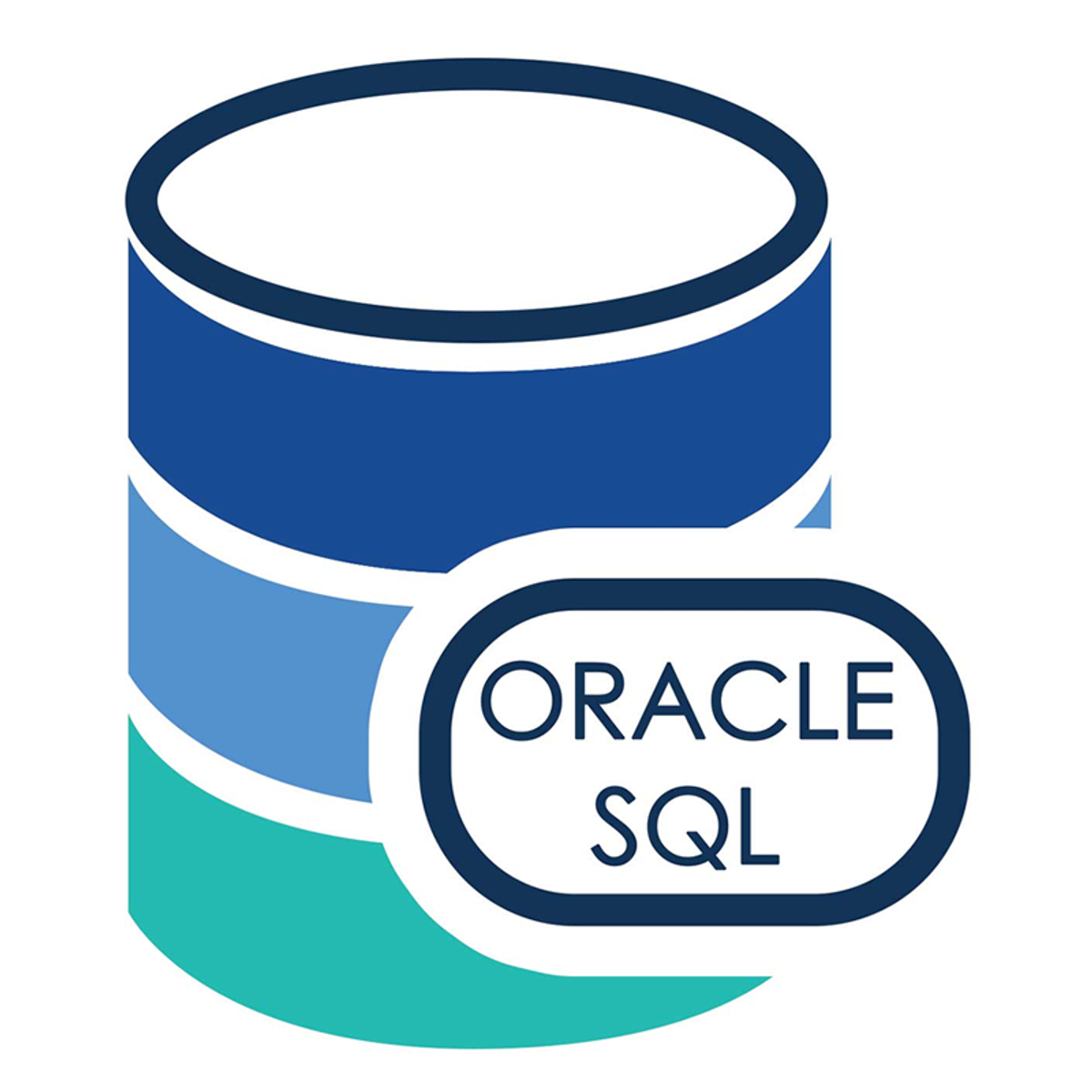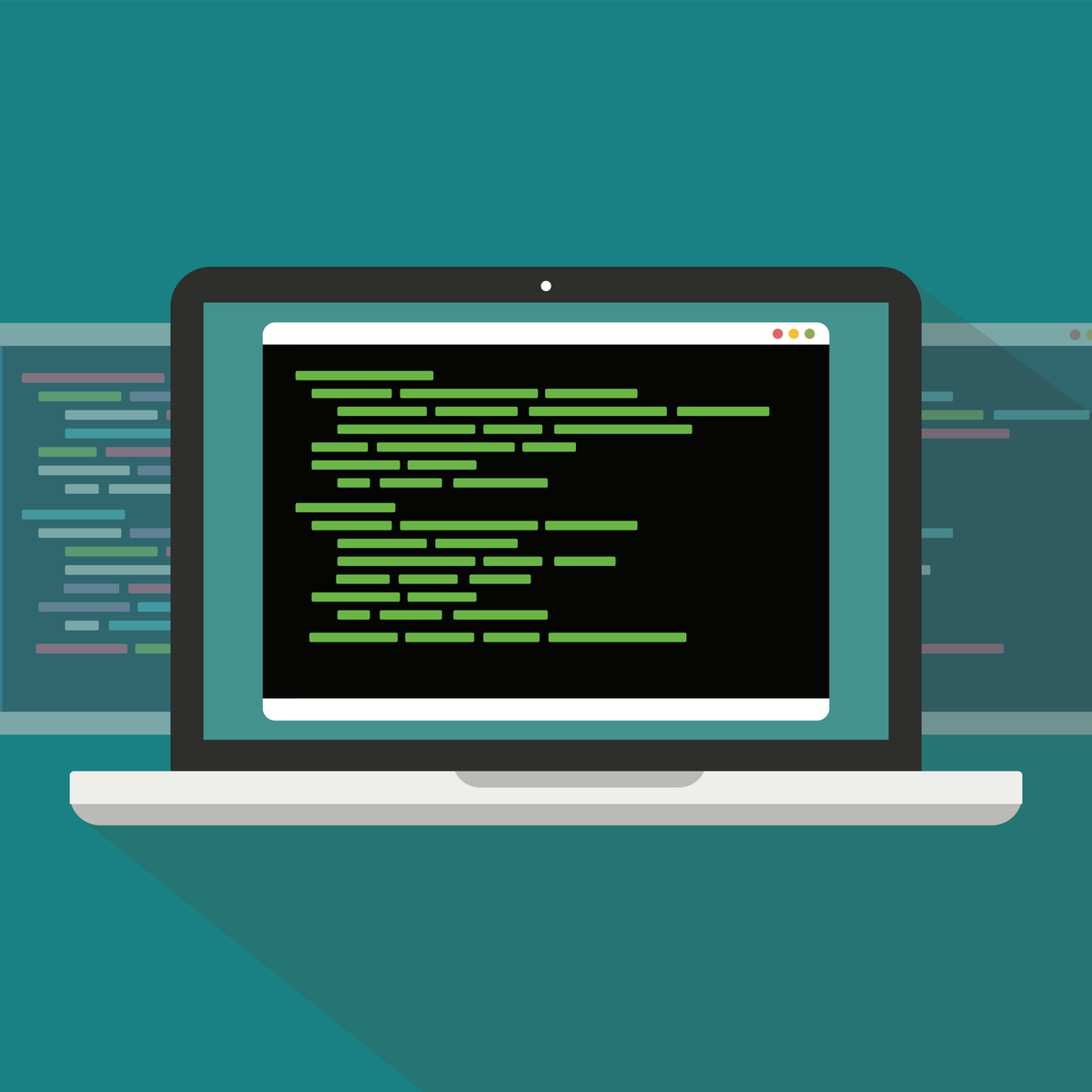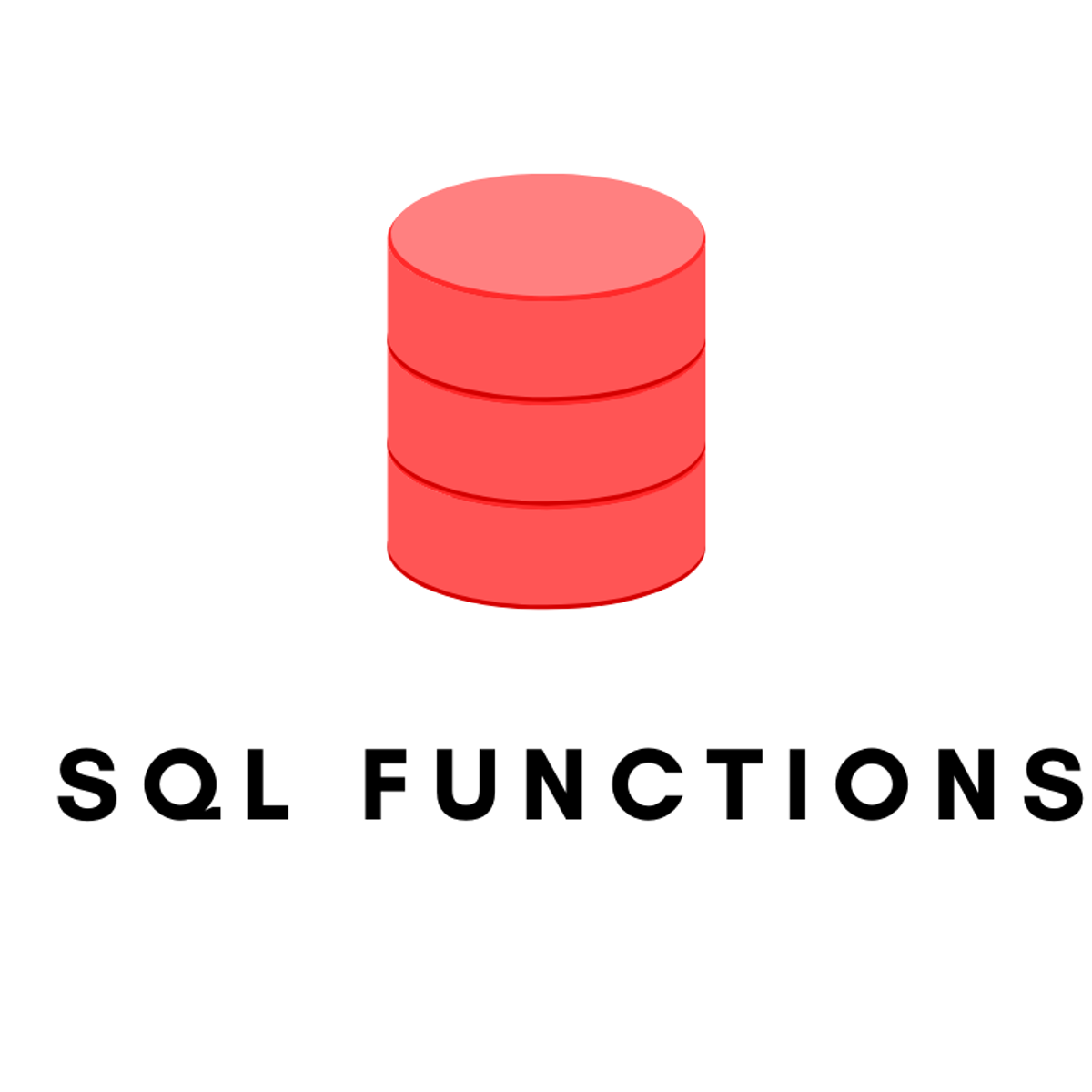Back to Courses









Computer Science Courses - Page 14
Showing results 131-140 of 2309

Oracle SQL Exam Prep
This course is designed to help you continue learning about Oracle SQL and prepares you to take the Oracle SQL Certification Exam.
We'll review methodologies and terminology that we presented in the Oracle Specialization courses, show some demos and give in-depth explanations. You'll also have the opportunity to take a practice certification exam.
We recommend that you first complete the Oracle SQL Databases Specialization.

Master How to Manage Linux Applications
In this 1-hour long project-based course, you will learn how to Print, manage and kill Linux processes using the terminal, Use job control to postpone the execution of jobs and regain it, and automate the specific script at a specific time using crontab.
Note: This course works best for learners who are based in the North America region. We’re currently working on providing the same experience in other regions.

Working with Data in Android
Learn how to work with web technologies and persistent data on Android applications even after you close or restart an app. There is a focus on web communication and developer tools and you will discover how Kotlin applications communicate over the web. You’ll learn how data formats and web protocols work in relation to Kotlin apps. Furthermore, you will practice applying asynchronous programming techniques using Kotlin.
Learn the core functionality and uses of the SQLite database management system (DBMS). Learn about web clients and databases by adding connections from your app to other languages to access custom built web application programming interfaces (APIs) and database management systems.

Graphic design: pop your Linkedin with 3D effect using Canva
By the end of this project, you will learn how to use Canva to create a simple 3D effect for a customised cover image to enhance your Linkedin profile.
Canva is a graphic design platform, used to create visual contents such as social media graphics, presentations, posters, documents...The users can create their own graphic or choose from many templates ready to use. The platform is free to use with optional paid subscriptions for additional functionality.
LinkedIn is the largest business and employment-oriented online service that operates via websites and mobile apps. The platform is structured as a social platform mainly used for professional networking, and allows job seekers to post their CVs and employers to post jobs. Being largely used by recruiters and sales professionals, LinkedIn allows members (both workers and employers) to create profiles and "connect" to each other in an online social network which may represent real-world professional relationships.

Data Processing using Python Collections
By the end of this project you will use the Python Collections Counter, the CSV package's DictReader, and the Collections UserList to read student test data and find the most common test scores.
The Python Collection classes are convenience classes that make it easier to process data and extend capabilities of existing classes. The CSV package's DictReader is convenient for reading columnar data. The UserList allows the developer to add functionality to the List, for example to check types. The Counter class is useful for counting common occurrences in arrays and other structures.
Note: This course works best for learners who are based in the North America region. We’re currently working on providing the same experience in other regions.

Create attractive infographics with Creately
This project allows you to discover Creately, an online software to design Infographics. You will understand the various features of the platform and be able to create personalized and professional infographics for your business. You will have all the basic skills to use Creately easily and quickly to create infographics for your brand.

Static Website Hosting and Cross-Region Replication
Have you ever wonder about a scenario, where you want to share data with your friend for a limited periode of time? Do you want to architect a design to host a website and maintain it at a very low cost? Are you confident enough of build an architecture in cloud, where your webiste wont face anydown time? Do you know how to recover your data from any form of Disaster? If so, then this is the right porject for you. I can provide you an apt solution for all these problems using Amazon Cloud. AWS Cloud is making everything that was imposiible at one time to reality. Don't let any disaster to shut your data down. In this 2 hours project, you will learn how to host a 'static website' and to enable 'Cross-Region Replication' as a part of 'Disaster Recovery'.
I am introducing a relatively new feature in AWS Cloud, called "CLOUD SHELL" in this project, where you will get a practical experience of some common usages of generating 'Pre-Signed URL' and allowing access for any users in public Internet.
Note: This course works best for learners who are based in the North America region. We’re currently working on providing the same experience in other regions.

Deploy and Test a Visual Inspection AI Component Anomaly Detection Solution
This is a self-paced lab that takes place in the Google Cloud console. Deploy and test a visual inspection AI component anomaly detection solution.

SQL Functions
By the end of this project, you will create a number of examples that will develop your learning around functions in SQL. This course will enable you to take your beginner knowledge of SQL to the next level by incorporating functions into your programming. Thus, you will be able to develop more complex code and be able to solve more difficult problems. Thus, you will be able to develop more complex code and be able to solve more difficult problems. This course will provide students with the knowledge behind different functions in SQL such as string functions, numeric functions, date functions, null SQL functions, stored functions and stored procedures. This project will take students through a number of examples demonstrating SQL functions based on a database. You will gain an understanding of these concepts from the in-depth examples provided.
Note: This course works best for learners who are based in the North America region. We’re currently working on providing the same experience in other regions.

Principles of Secure Coding
This course introduces you to the principles of secure programming. It begins by discussing the philosophy and principles of secure programming, and then presenting robust programming and the relationship between it and secure programming. We'll go through a detailed example of writing robust code and we'll see many common programming problems and show their connection to writing robust, secure programs in general. We’ll examine eight design principles that govern secure coding and how to apply them to your own work. We’ll discuss how poor design choices drive implementation in coding. We’ll differentiate between informal, formal, and ad hoc coding methods. Throughout, methods for improving the security and robustness of your programs will be emphasized and you will have an opportunity to practice these concepts through various lab activities. A knowledge of the C programming language is helpful, but not required to participate in the lab exercises.
Popular Internships and Jobs by Categories
Browse
© 2024 BoostGrad | All rights reserved


